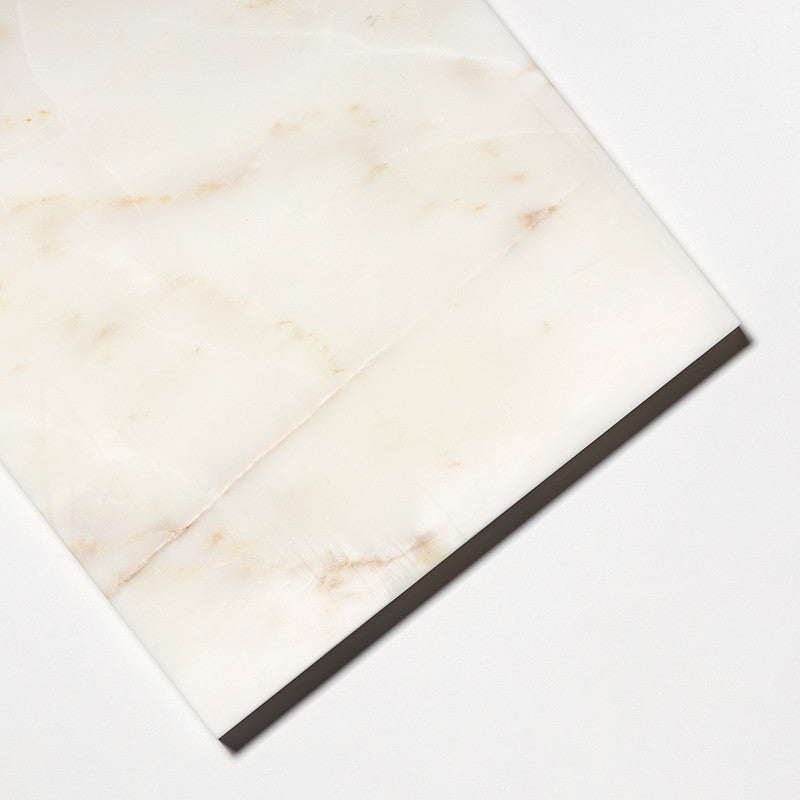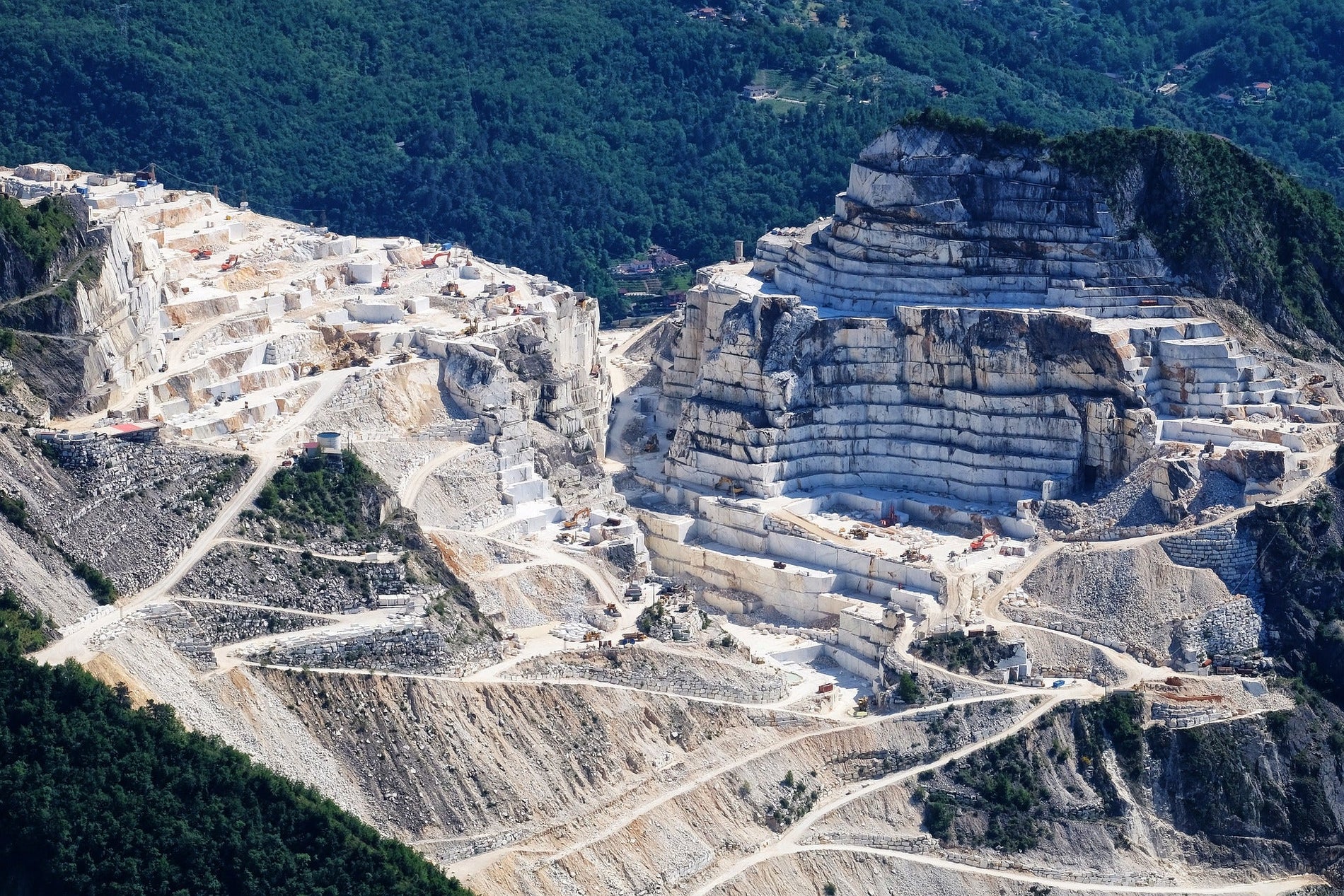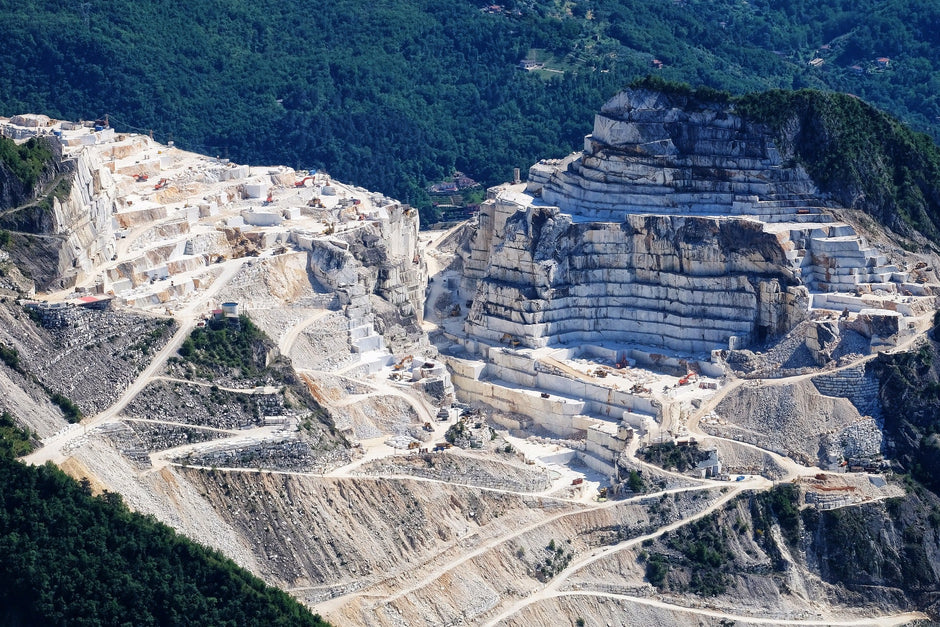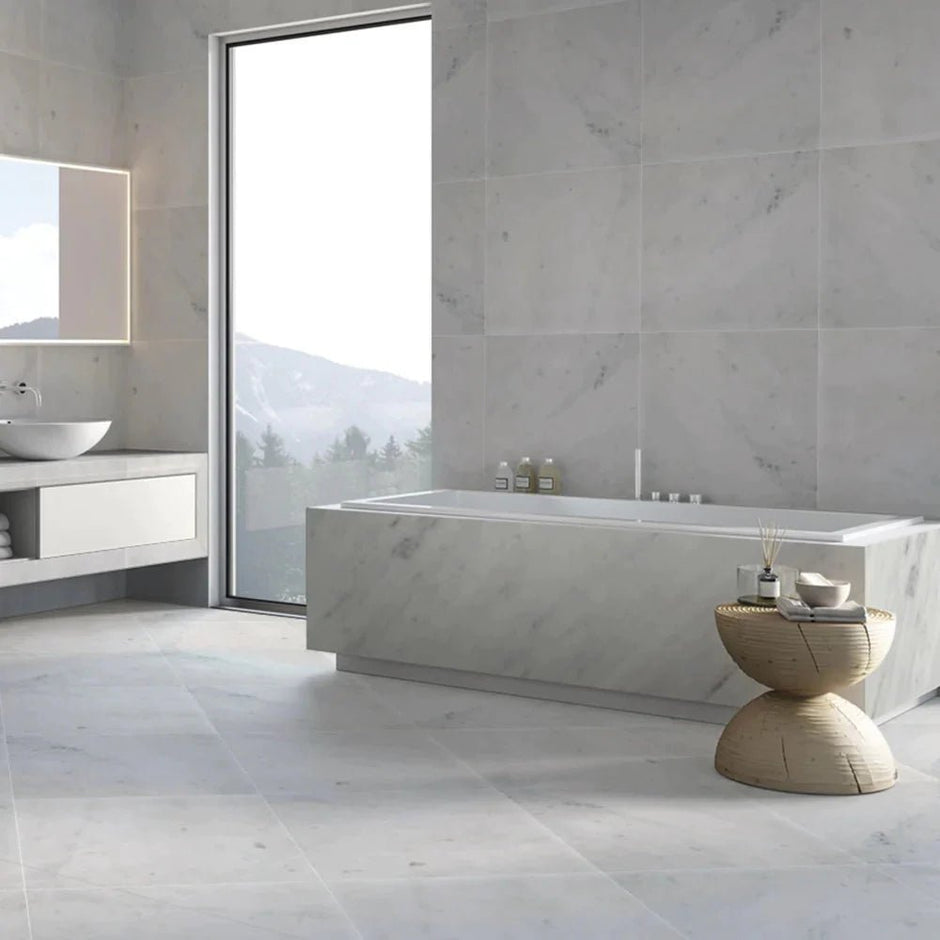Italian marble is one of the most famous and most sought after natural stones in the world. Known for its beauty and history, it has been traded and used for thousands of years in the mediterranean, Europe and the world. Hosting a list of incredible stones such as Carrara, Calacatta and Statuario, Italy is a historical hub of marble. In this blog post, we will be explaining the general history of Italian marble and why it's so popular.
Brief History of Italian Marble
Use and trade of marble in the Italian peninsula has been going on since early antiquity. Romans widely used marble, especially white marble. The famous Carrara marble and its siblings in the same area, were discovered in the 1st Century BC(1). By then the area of Carrara was called Luni, and its marble Luna marble.(2) Luna meaning Moon in Latin reflected the colour and homogeneity of the Carrara marble. After its discovery, the region flourished and Carrara marble became one of the most traded marble in the Mediterranean at the time, especially during late republic and early empire era.(3) Later in the imperial period, marble was more popularised. As we all have heard the phrase “Augustus found a city of brick and left one of marble”. Caesar heavily started using marble, especially white marble from Carrara in his projects, and Augustus continued his projects.(4)
The value of marble in Rome was evident because it was seen as the symbol of the Empire(4). If marble was imported to outer provinces, it was to mark projects as Imperial rather than provincial art.
During the renaissance period the trade of marble was extensive, especially in the Italian Peninsula. Venice was a major importer and trader of marble in north Italy(5).
Notable Marble Architectural Works
As we have mentioned before, marble has been used since early antiquity. Because of its texture, long-lasting and strong qualities, it has been a common material for monumental works.
In Rome, one of the most notable buildings that used Carrara was The Pantheon, used in its interior and exterior. Over time, the marble exterior was removed but its interior survived. Romans also used marble in a lot of their triumphal architecture, such as the Arch of Titus, Trajan’s Column(made from 20 pieces of colossal marble drums!), Column of Marcus Aurelius and many more.

During the mediaeval period, use of marble shifted towards Cathedrals and Churches. Most popular of these buildings include Cathedral and the tower of Pisa, Siena Cathedral and many more Churches in Europe.
With the coming of the Renaissance, marble was heavily used in the sculpture of statues in Italy. The use of marble in churches and other religious buildings continued, but the most popular artistic pieces from this era are the statues made from marble.
Why Italian Marble Is Considered The Best
Most popular Italian marble, in terms of technical details, have a certain quality. Statuario marble for example has a high tensile strength and can take very fine detail and hold very fine detail(6). It is also very homogenous and has a silky texture that is most evident when used in statues, such as Michelangelo’s David. Michelangelo valued Carrara over all other stones because of these qualities.This homogenous feature combined with their strength, makes Italian marble’s great for homes.

Most Popular Marble types from Italy:
Italy has numerous types of natural stones and marble, but there are some that are valued the most. These are;
- Calacatta Gold Marble, a marble from the Apuan Alps in Northern Italy, has luxurious gold veins with a white surface.
- Calacatta White Marble, soft grey veins with a white surface that is brighter than Carrara’s
You can find more Italian marble tiles in our store.







